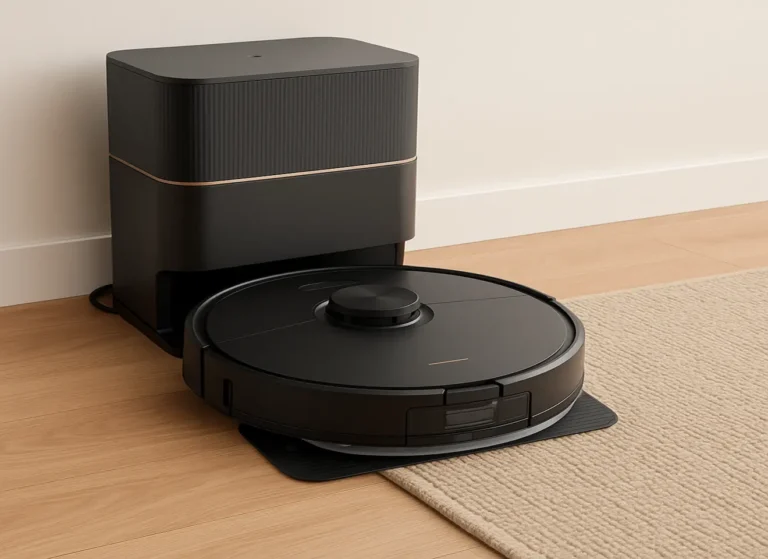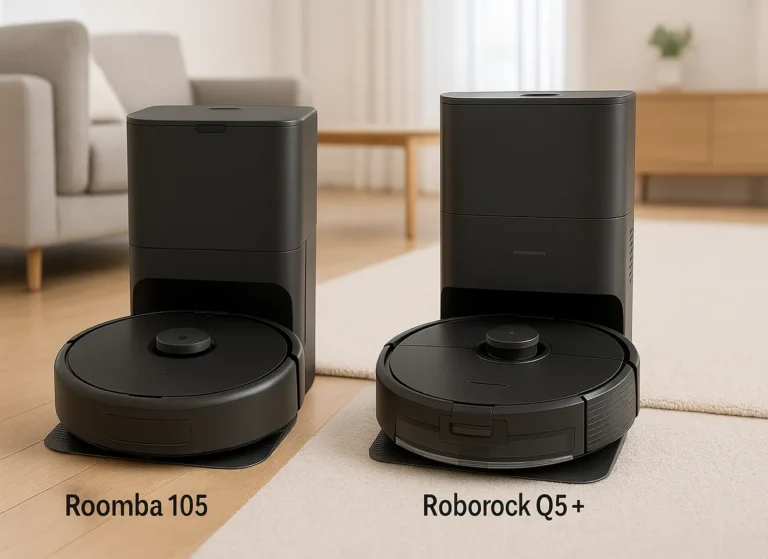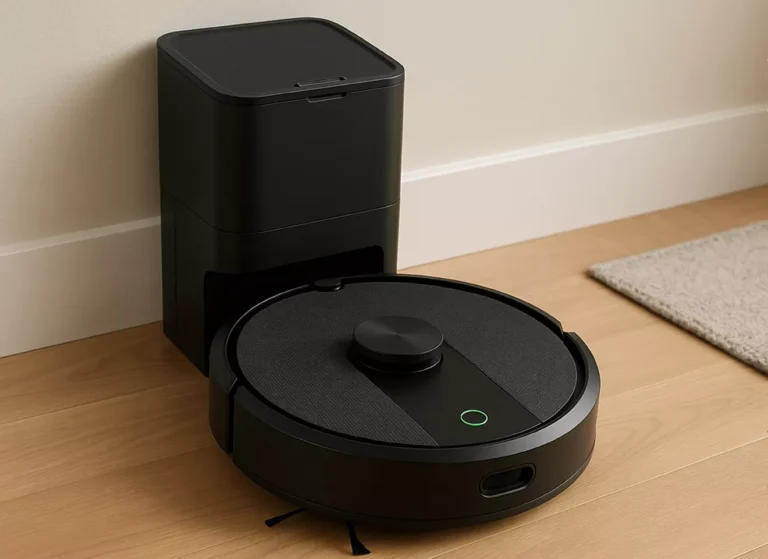Smart Home Devices for Seniors: Safe and Easy Living
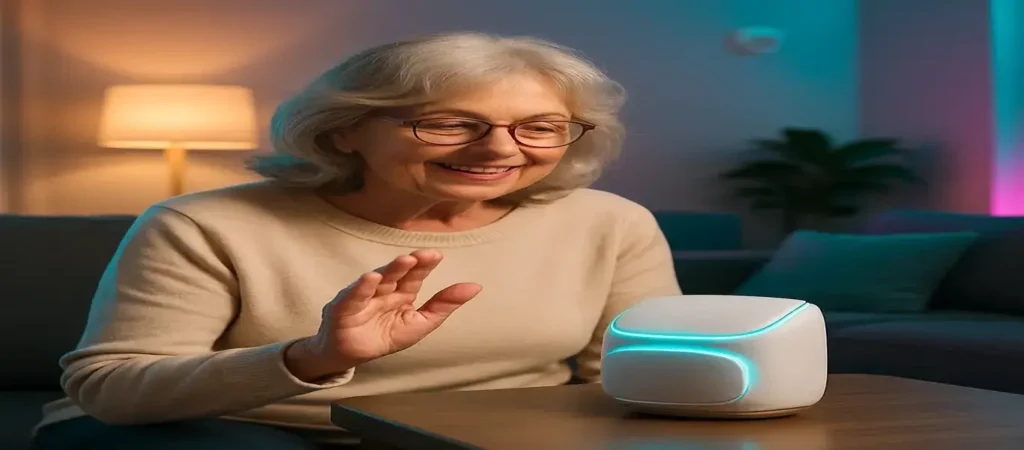
Living independently and safely is more than a nice idea—it is a deeply felt need for millions of older Americans. Thanks to smart home devices for seniors, that need is finally moving from hopeful talk to day‑to‑day reality. These thoughtfully designed gadgets turn chores into one‑sentence voice requests, soothe family worries with discreet alerts, and cut accident risks in ways that hardly feel like technology at all. The April 2025 AARP Vital Voices survey reported that nearly eighty percent of adults over sixty want to age in place, and most cite approachable technology as the main reason that dream now feels practical.
The newest generation of smart home devices for seniors hides sophisticated engineering behind plain‑English commands, oversized icons, and automation that “just happens.” Instead of fumbling for tiny buttons, older adults can say, “Alexa, turn on the hallway light,” or glance at a large‑print reminder that medication is due. Voice assistants, radar‑based fall detectors, and learning thermostats now work together so smoothly that the house itself becomes a helpful roommate rather than another responsibility.
WHY SMART HOME DEVICES MATTER FOR SENIORS
Daily hazards often overlooked by younger relatives—slippery midnight hallways, missed prescriptions, or creeping loneliness—can quickly erode independence. Smart home devices for seniors tackle all three at once. Wi‑Fi radar lamps like Zoe Fall, unveiled at CES 2025, recognize the unmistakable impact pattern of a person hitting the floor without using cameras, then announce that help is on the way while texting caregivers. Meanwhile, Amazon’s Alexa Emergency Assist follows up on unanswered pill reminders with a spoken check‑in and an automatic call to a pre‑selected contact when silence persists.
Connection is another hidden benefit. Echo Show displays and Nest hubs place video calls with a single phrase, turning technology’s learning curve into a friendly invitation to stay social. A Johns Hopkins study published in February 2025 found that seniors who logged at least five video chats per week reported thirty‑five percent lower feelings of isolation compared with peers who relied only on voice calls. When conversation is effortless, relationships stay vibrant and mental wellness improves.
THREE PILLARS OF SENIOR‑FRIENDLY DESIGN
The best smart home devices for seniors share three traits. The first is effortless control. The third‑generation Echo Show 8, selling for about 110 dollars on Amazon this week, combines an eight‑inch display with oversized volume buttons for backup. Google’s Nest Hub Max now processes many requests locally thanks to the Matter update rolled out in March 2025, so lights still turn on even if Wi‑Fi blinks.
The second pillar is passive safety. Philips Hue motion‑sensing bulbs brighten corridors the instant footsteps hit the floor, turning midnight water runs into well‑lit strolls. Radar fall detectors built into Zoe Fall lamps or ceiling fixtures from Nobi provide an invisible safety net that never needs charging, and new smart locks automatically secure doors when the homeowner’s phone leaves the property line.
The third pillar is remote reassurance. Care Circles inside both Alexa and Google Home apps let trusted relatives receive gentle alerts if no kitchen activity appears by lunchtime or if an exterior door stays open. Consumer Reports noted in its April 2025 Smart Tech & Aging guide that families using these dashboards experience less anxiety and fewer “just checking” calls because real‑time data replaces guesswork. In short, these systems preserve dignity while quietly keeping watch.
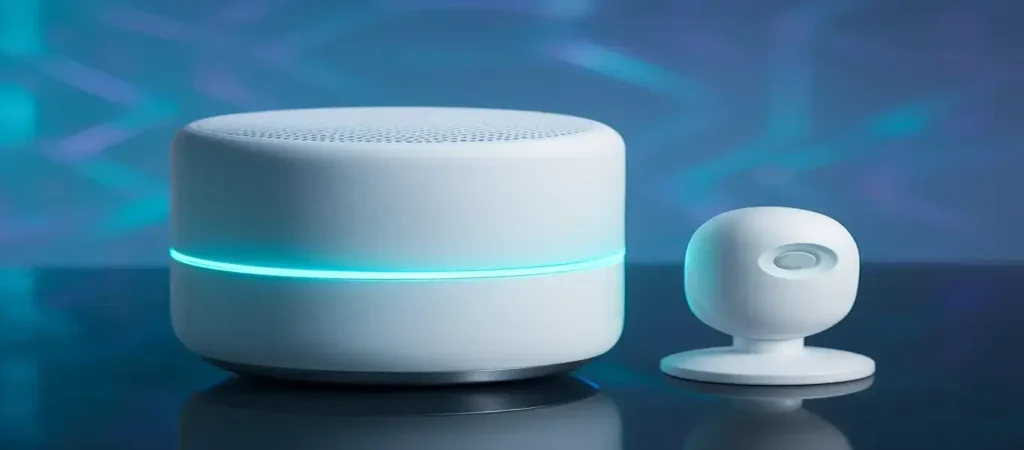
GADGETS CHANGING DAILY LIFE
Echo Show 8 stands out because it bundles reminders, video calls, entertainment, and security‑camera feeds into one bright hub. Its 110‑dollar price looks even better when Amazon includes a six‑month Alexa Emergency Assist trial at no extra cost. Philips Hue’s starter kit, now around 153 dollars, installs without rewiring and groups bulbs by room, scheduling gentle sunrise lighting that helps regulate circadian rhythms. Zoe Fall radar lamps cost about 299 dollars, but several Florida and Texas insurers now offer partial rebates because early data show they reduce expensive emergency‑room visits.
Not every advance sits neatly on a shelf. Wi‑Fi water‑shutoff valves clamp onto existing pipes and close automatically when ultrasonic sensors detect leaks. Induction cooktops cut power if a pan boils dry or remains empty. Even robot vacuums have joined the caregiving team by mapping floor clutter and alerting family members when unusual obstacles appear—a subtle hint that mobility may be changing. Every one of these smart home devices for seniors follows the same philosophy: serve quietly, demand little attention, and never get in the way of daily life.
OVERCOMING BARRIERS: PRIVACY, SETUP, AND COST
Complicated installation once chilled enthusiasm, but today’s ecosystems guide users through pairing with large‑print apps and spoken prompts. For tech‑shy households, services like Best Buy Totaltech or Amazon Smart Home Services send certified installers who wire, connect, and demonstrate commands in a single visit. After they leave, day‑to‑day management boils down to speaking naturally and glancing at simple dashboards.
Privacy has improved as manufacturers shift from camera‑centric to sensor‑centric monitoring. Radar and on‑device artificial intelligence now handle most detection locally, so video never leaves the living room. Zoe Fall sends only brief metadata when motion analysis indicates a likely fall, and Google’s local voice processing stores everyday commands offline, uploading snippets to the cloud only when absolutely necessary. Thanks to safeguards like those, smart home devices for seniors no longer feel like silent security guards; they feel like courteous companions.
Costs, while not trivial, are trending downward. Echo Show 8 launched at 249 dollars in 2021; four years later it sells for less than half that and often dips below 100 dollars during seasonal promotions. Philips Hue kits have fallen nearly twenty percent since 2023, and a healthy refurbished market offers bargain bulbs. Many state utility programs now provide rebates for smart thermostats because they shave peak energy demand. A single avoided emergency‑room visit—the national average bill tops 1,500 dollars—often recovers the entire upfront investment in a starter bundle of smart home devices for seniors.
FINAL REFLECTION: TECHNOLOGY THAT CARES
In 2025, smart home devices for seniors are less about flashy gadgetry and more about invisible support. They brighten floors before a foot lands, lock doors without fuss, call children when routines shift, and answer questions with a patient voice at any hour. By weaving convenience and safety into the very walls, these tools let older adults remain in the place they cherish—home—while everyone involved rests easier. The most hopeful sign is how quickly the learning curve is shrinking: each firmware update makes setup simpler, commands more natural, and privacy protections stronger. Embracing this technology today is not just a nod to modern comfort; it is a commitment to safer, happier, and longer independent living.
Related posts:
- What is a Smart Home? A Beginner’s Guide to Living Smart What is a Smart Home? A Beginner’s Guide to Living...
- Best Wi-Fi Light Switches for Alexa: Smarter Lighting, Simpler Living Best Wi-Fi Light Switches for Alexa: Smarter Lighting, Simpler Living...
- 10 Cheap Smart Home Devices to Automate Your Home on a Budget The 10 Best Cheap Smart Home Devices (No Junk, Just...
- Smart Home Devices for Renters: No‑Drill Upgrades Smart Home Devices for Renters: No Drill Upgrades by EasySmartHomeGuide...

